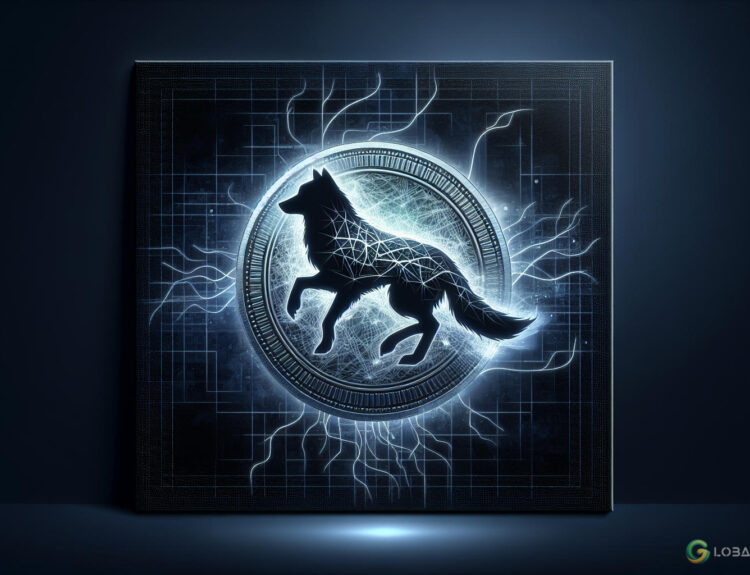Disclosure: The views and opinions expressed here belong solely to the author and do not represent the views and opinions of Global Crypto News’ editorial team.
On the first Prime Day of 2023, Amazon facilitated the sale of 375 million items. This highlights the ultimate convenience provided by decades of web2 infrastructure development.
In contrast, the vision of a unified web3 ecosystem, though widely discussed, faces significant challenges. Fragmented systems, prolonged transaction times, and prohibitive costs characterize the current state of web3.
Advocates of web3 aim to replicate web2’s seamless experience. The biggest challenge is creating scalable networks that maintain decentralization as they grow.
Sharding Technology: A Game Changer for Web3
Sharding technology is emerging as a solution to web3’s scalability issues. The recent launch of Sovereign Chains marks the first practical application of this technology, potentially advancing the use cases of top Layer 1s (L1s) and numerous Layer 2s (L2s).
Sharding involves splitting the network into smaller, manageable pieces. This maintains security, speed, and cost-effectiveness even during high activity periods. Its practical implementation in Sovereign Chains demonstrates its potential to address web3’s most pressing challenges. The result is a blockchain capable of 100X scaling compared to Ethereum or Bitcoin, with significantly lower time and energy requirements.
Impact on Decentralized Finance (DeFi)
DeFi stands to gain significantly from sharding technology. To compete with the current financial system, web3 must offer superior solutions. Sharding can ensure that users achieve parity with legacy systems while enjoying benefits such as global access, transparency, value creation, privacy, and security.
This technology enables DeFi platforms to overcome blockchain-specific limitations, allowing interoperability with other DeFi products across major chains. This eliminates liquidity fragmentation and unlocks significant capital efficiency improvements.
Applications Beyond DeFi
The benefits of sharding-tech-powered Sovereign Chains extend to sectors like gaming, healthcare, supply chain, education, government, and enterprise. In gaming, for example, high throughput and low latency, combined with adjustable transaction fees, enable innovative business models and gameplay experiences.
Developers can introduce new in-game reward structures, economies, auctions, and time-sensitive airdrops, ensuring seamless user experiences regardless of scale.
Driving Adoption from the Ground Up
To promote major breakthroughs in web3, gaining the developer community’s confidence is crucial. Sharding technology offers composability of digital assets and unbreakable security, allowing developers to focus on innovation.
This technology provides a scalable foundation for building the next generation of decentralized applications (dApps) and ensuring interoperability of L2s with major crypto chains like Bitcoin, Ethereum, and Solana. This enables developers to leverage multiple ecosystems’ strengths to create versatile and powerful products.
Enhanced smart contract capabilities, custom VM environments, and comprehensive SDKs empower developers to create, test, and launch solutions that work efficiently on multiple chains. This approach lowers barriers to entry, inviting more talent, including the current web2 developer community, to explore blockchain technology.
Advancing the Case for Sovereign Chains
As the need for scalable web3 infrastructure grows, expect to see features such as parallel processing and confidential transactions that extend functionalities.
Achieving the seamless reach of web2 technology while fostering collaboration between chains is an ambitious yet attainable goal. Through sharding technology and Sovereign Chains, we can build a scalable, secure, and cost-efficient architecture that supports the creativity of web3 developers.
Stay updated with the latest news in the crypto industry by exploring more articles on Global Crypto News.
























